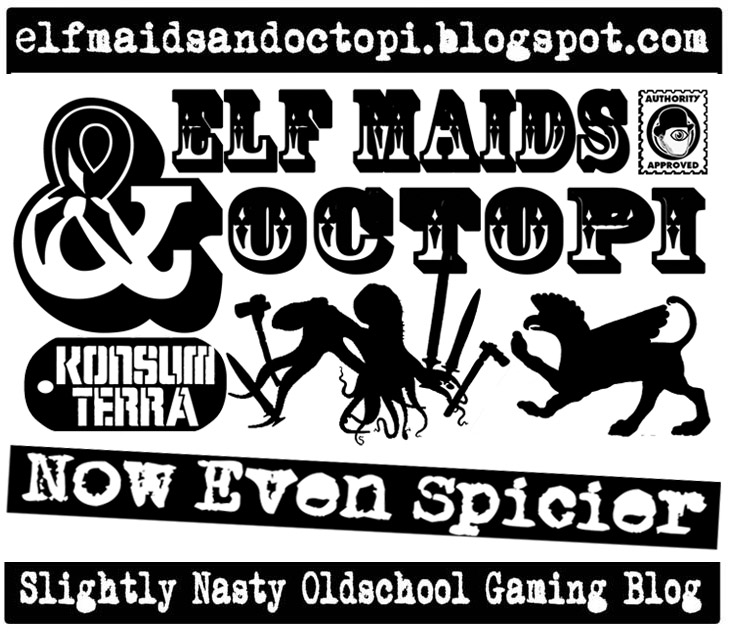Accidentally posted this early doh! Some
more ruin complexes. This first one is from Ururatu a mesopotaimian
style civilization in Armenia and the northers Zagaros mountains. Their
builting and metalwork tech was adopted by Persians. Most people never
heard of them
A nice temple palace complex but dont know much bout it
Some semi exposed ruins partially buried and roofless. A good desert bandit lair, with something haunted underneath.
Think
this is Sennacherib showing ashes of people who crossed him. Guy who
nailed flayed skins to walls to punish enemies and burned Babylon once.
3rd to last king of Assyrian empire.
This
is a cracker. A babylonian/Akkadian style king court with Sumerian
subjects. The savage guy front left is one of the barbarian tribes
constantly menacing civilization but also used as mercenaries. Even when
they take a city they are assimilated in 3 generations for a new
conqueror seeking a soft target. The Guti or Gutians were described as
animalistic and bestial sub gumans. Wild men also act as sheperds and
often struggle against the farmers. Stories of farmers and shepherds
competing for Ishtars love. Tammuz and Enkindu are kind of wild man
gods.
Another court scene with a Hummarabi code stelae in corner of room.
An impressive gold dagger from ur and sickle sword or khopesh. Tomb of Ur had gold silver and electrum weapons.
A
more Sumerian scene. Very nice details like is a oxen chariot, with
coat of arms of actual city. Version of zu bird or Anzu (other versions
more a man bird demon) this is a eagle lion with storm powers which
stole tablets of destiny from Enlil and led a demon revolt. Ninirta beat
it and is often associated with it. Such tablets are the origins of sorcery.
handy list of great bronze age cities
http://en.wikipedia.org/wiki/Cities_of_the_Ancient_Near_East
nice tablets - this one about king of Umma sacking Lagash and cursing him
http://sumerianshakespeare.com/70701/80101.html
handy list of great bronze age cities
http://en.wikipedia.org/wiki/Cities_of_the_Ancient_Near_East
nice tablets - this one about king of Umma sacking Lagash and cursing him
http://sumerianshakespeare.com/70701/80101.html
Statues of family and ancestors are common. You can place a statue of yourself in temple to accrue heavenly merit. Belief in a spiritual twin was somewhere between a shaman fetch and a guardian angel. This spirit self could be prayed to and commune with gods and spirits on your behalf.
This is something like mentioned above and certainly a cool find. It also reminds me people made clay contracts which were literally broken to end.
Woolen kilts were the rage in Sumeria. Later garments made stylistic references to this custom. Interesting pic as an Ur style ruined ziggarut with a sumerian gent looking on. Families have practiced treasure hunting for millennium. Kings liked archeology and had museums. Temples housed relics from thousands of years earlier or even fossils. Commoners might find something interesting in their local brick mine.
Some assyrians vs egyptians
Another view of Babylon
Another view of Babylon - this based reasonably on old maps
Another view of Babylon and the hanging gardens
Shedu gate guardians in excavation - a nice ruined vibe
Palace scene
Ive see interpretation of this as Marduk and Tiamat or Anzu and Ninurta.Id say the Sai looking weapons are lightning. Monster is very cool.
A god or king in judgement. Loop rope is a standard measure you can tie a captive, hang a man, tie a beast, measure a furrow and is a symbol of judgement.
Im not sure what this is but would make a fine dungeon or ruin enterence
Assyrian palace scene
City palace temple district
Yes this is art - another depiction of legendary bride auctions mentioned by Herodotus?
Artists keep painting ziggurats not surrounded by urbanization or in deserts. A very Babylon style building.
One of the treasures of Ur. Ningizzida was the hydra lord with a beard of lapis who brings fructifying magic, healing and wisdom from the underworld. He is pretty much a wise snake in a fruit tree. Geshtinanna was the sister of Tammuz and a wine goddess associated with dreams and vines and autumn. As wine was unknown in early eras this must have been different once. Tammuz is Ishtars lover and is a vegetation sun god and herdsman.Him and his sister swap life in the underworld.
A nice bit of relief carving
 Scribes are very important and developed writing and maths from religious tithe collecting. Temples managed water and farming. Increasingly advanced record keeping and astronomy led to better management more food and more people.
Scribes are very important and developed writing and maths from religious tithe collecting. Temples managed water and farming. Increasingly advanced record keeping and astronomy led to better management more food and more people. List making was a big deal. Toxonamy lists were rote learned in school and copied. The lists indicated divine hierarchy.
The melamu is kind of a dewey decimal system of Akkadian knowledge - a modern atempt to recreate it is here
http://www.aakkl.helsinki.fi/melammu/project/prhimanual.php
 Thats all for now - i has some more reading to do as im a bit rusty on all this
Thats all for now - i has some more reading to do as im a bit rusty on all this



























No comments:
Post a Comment
I love and welcome feedback but not spambots
Good feedback and suggestions inspire me to write more